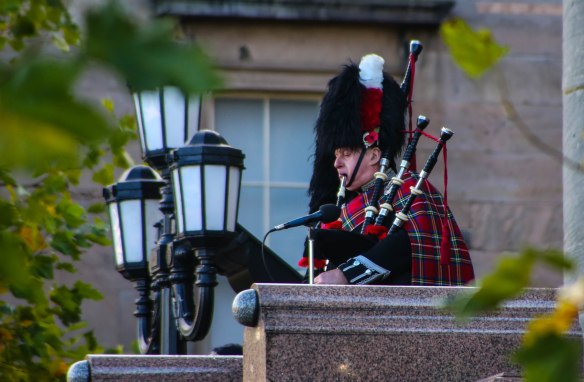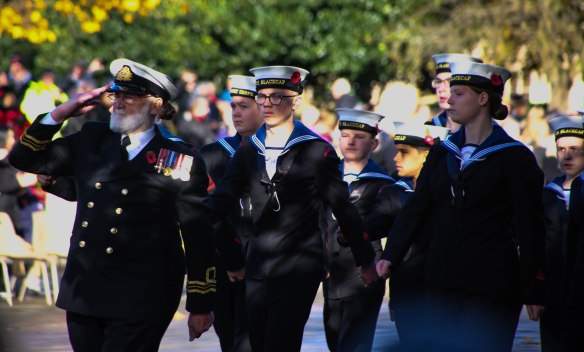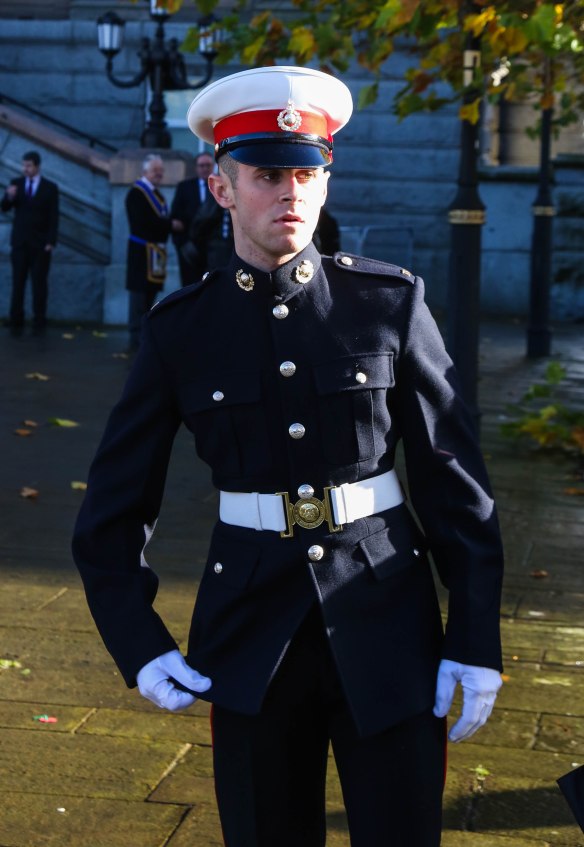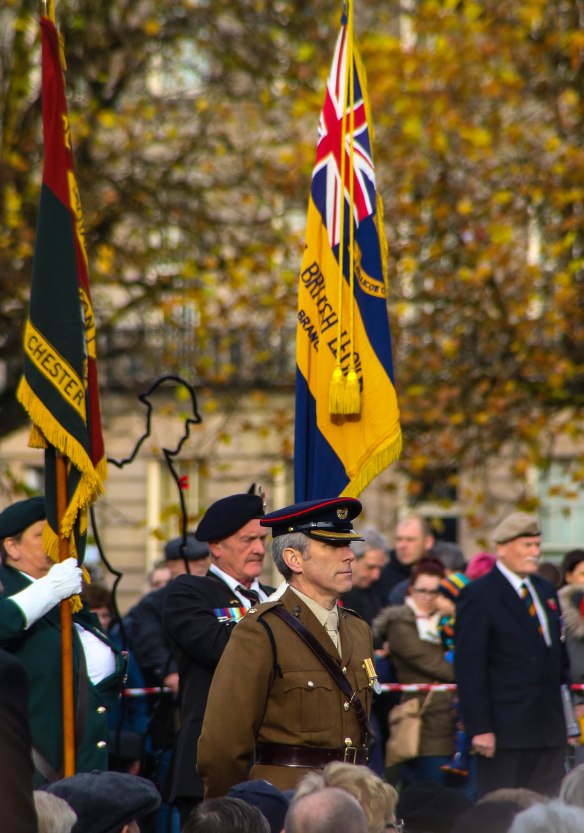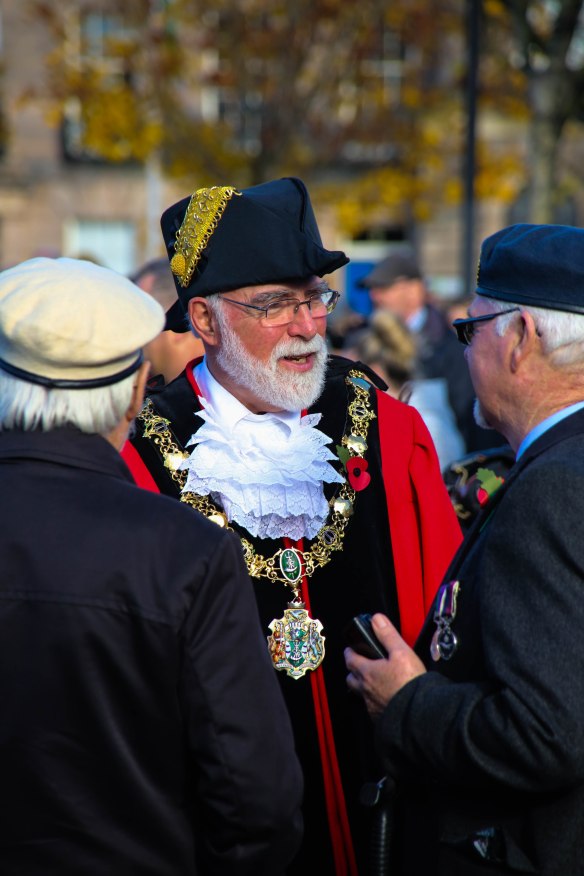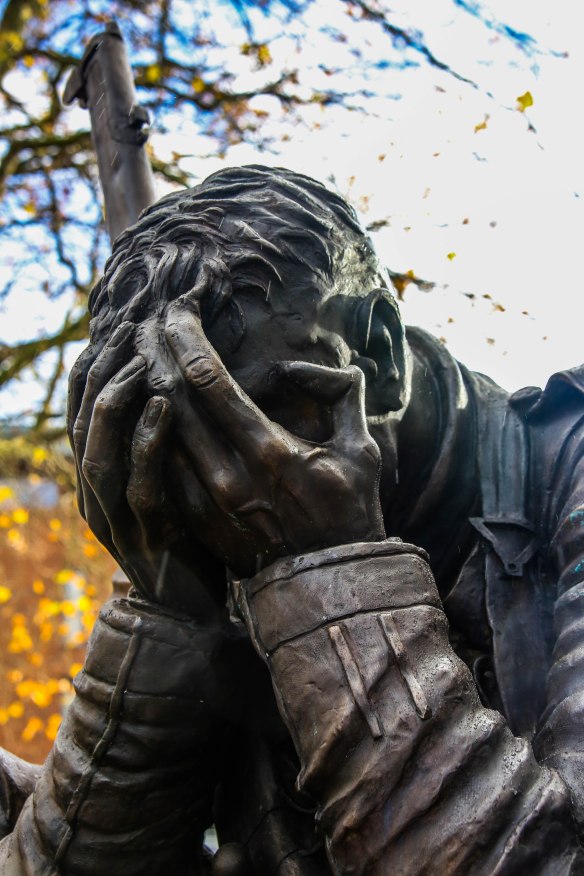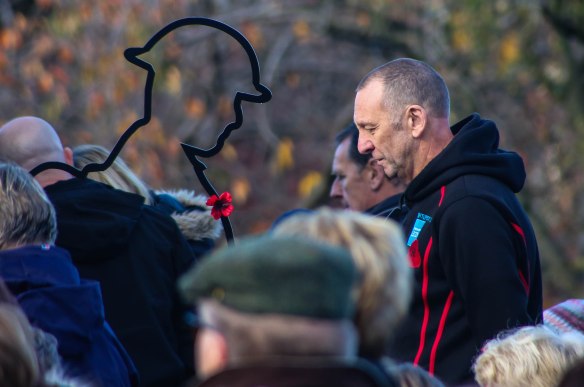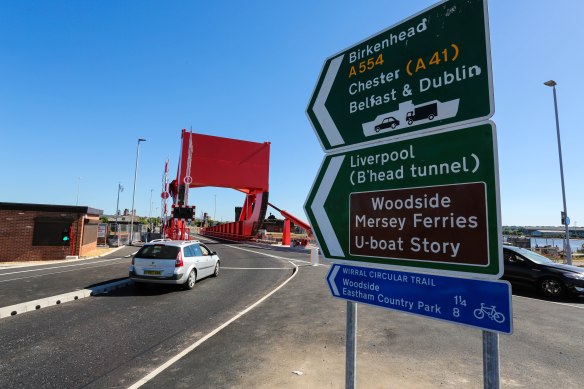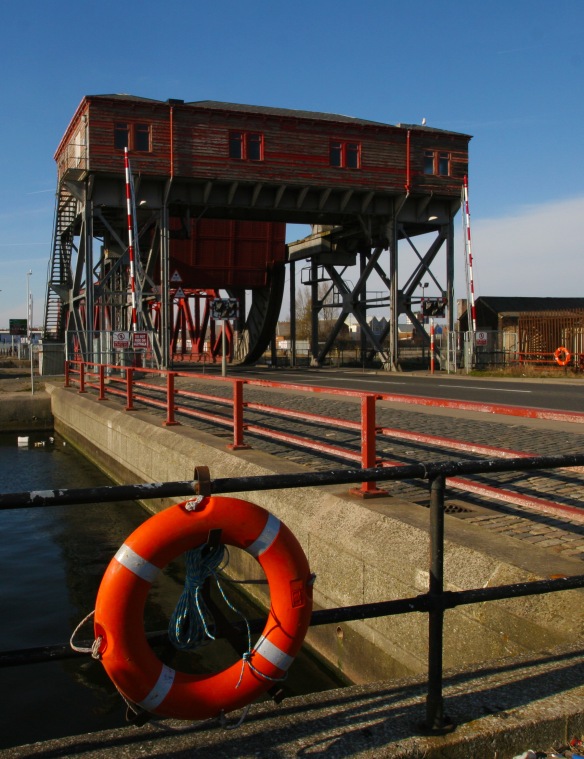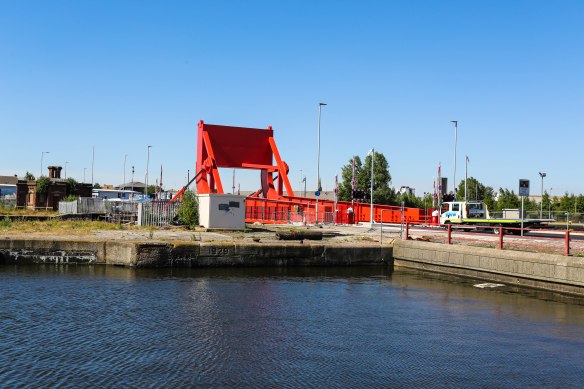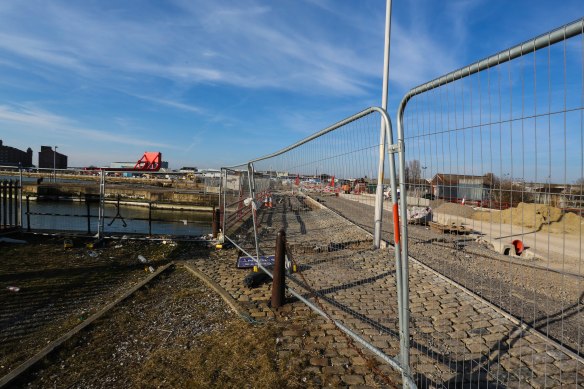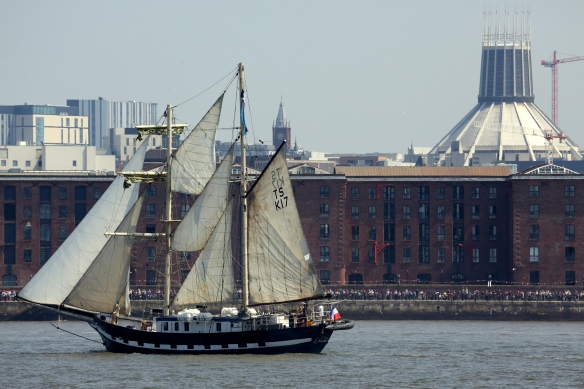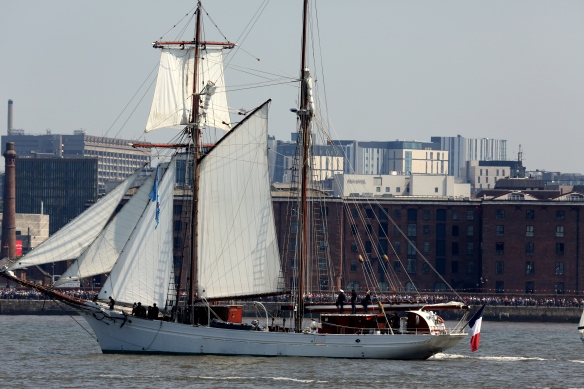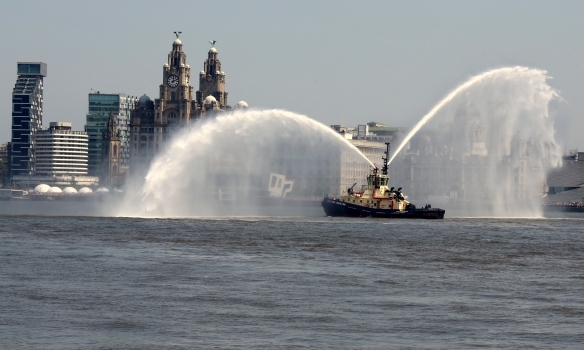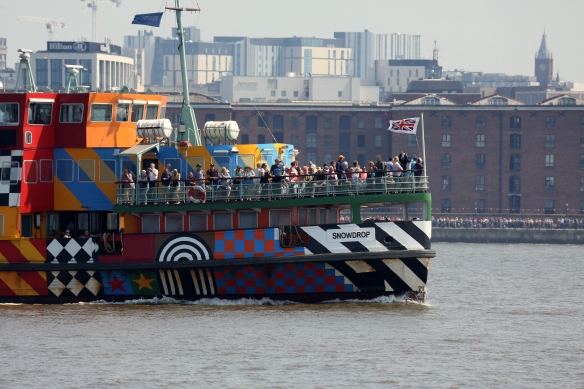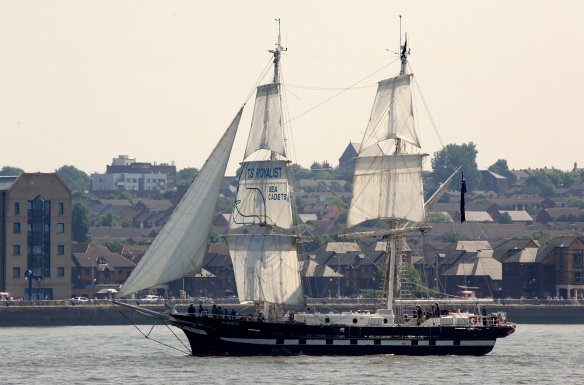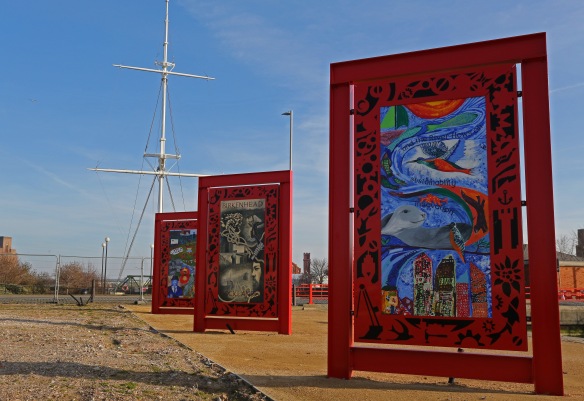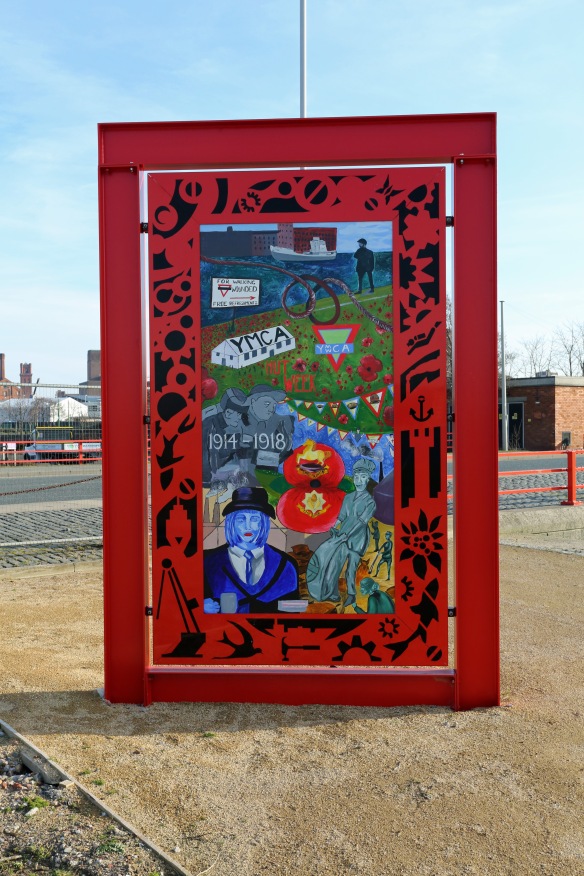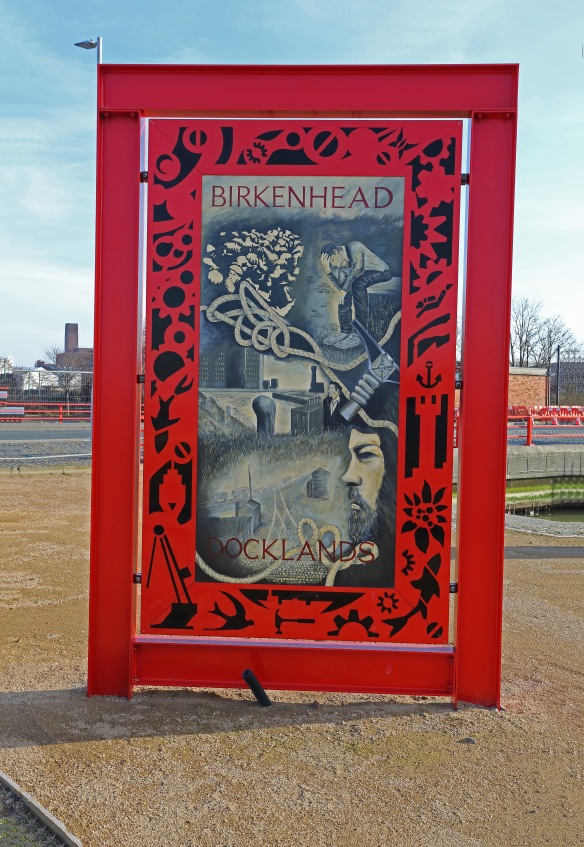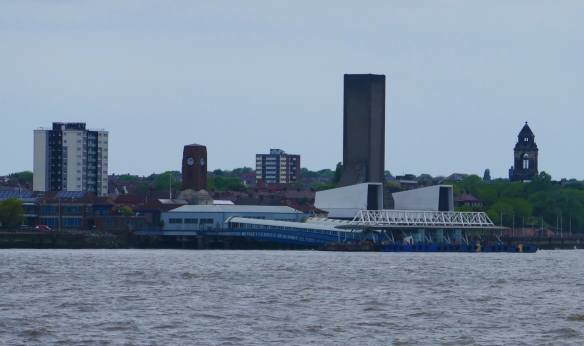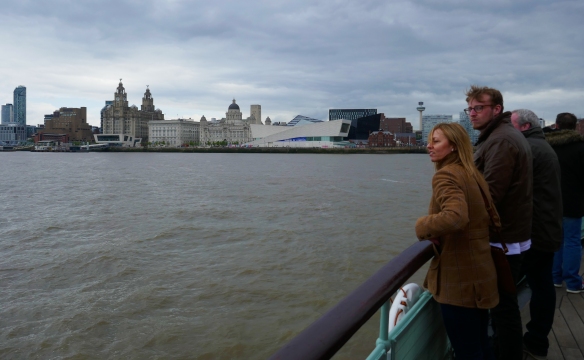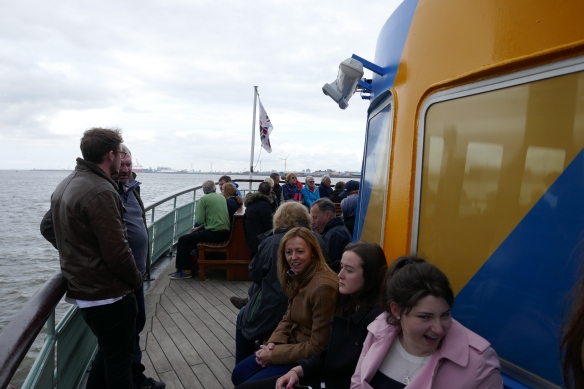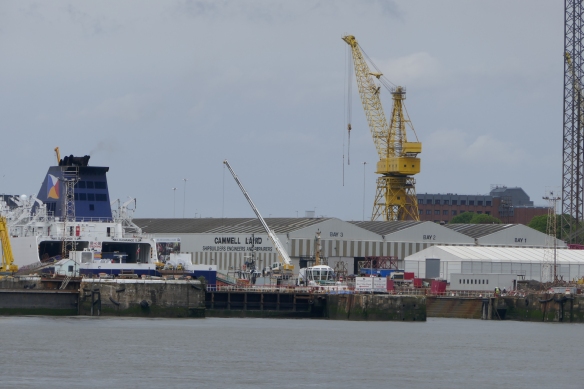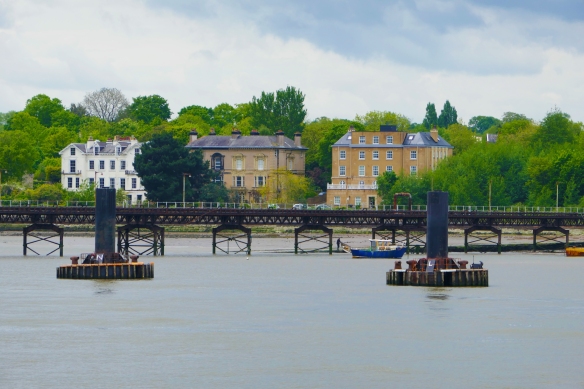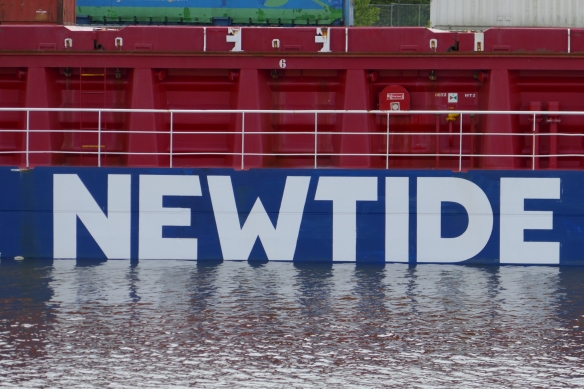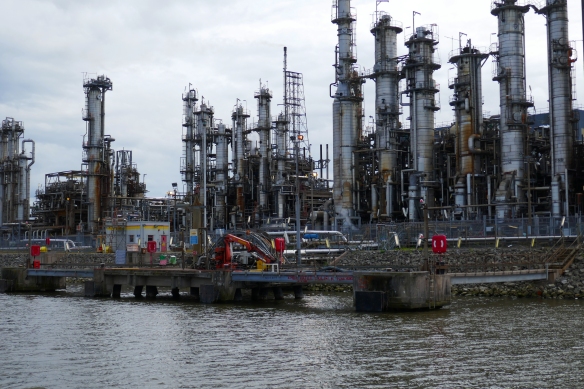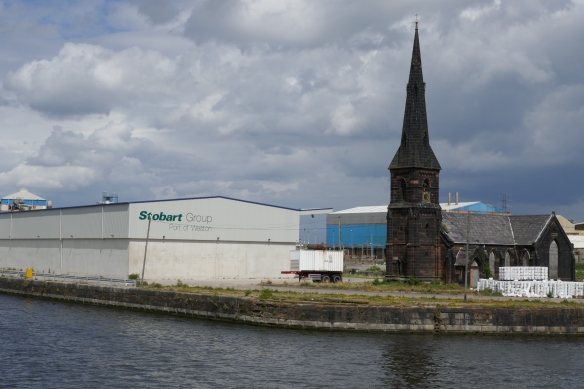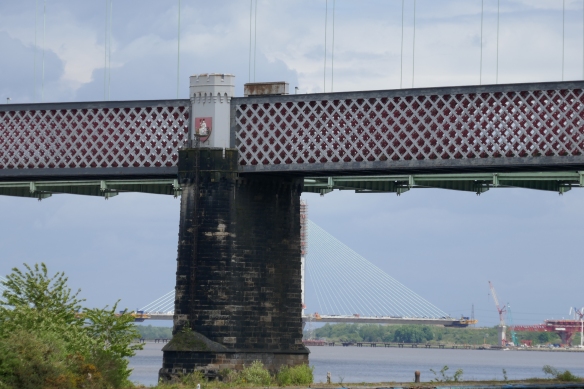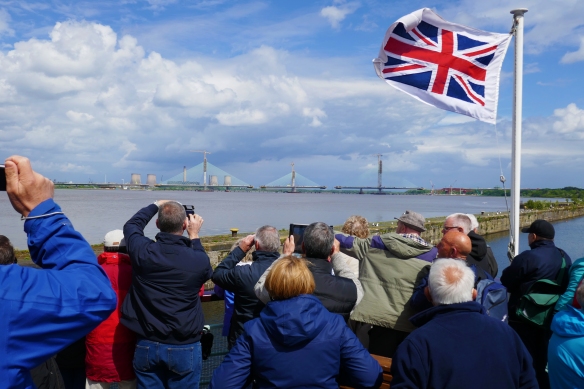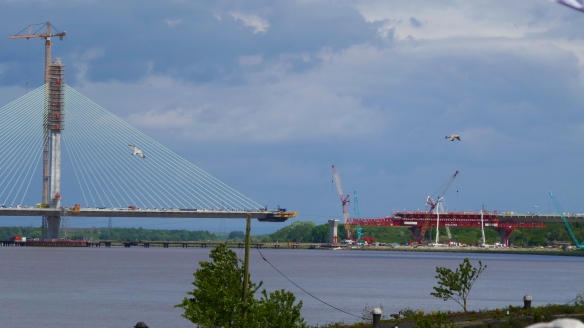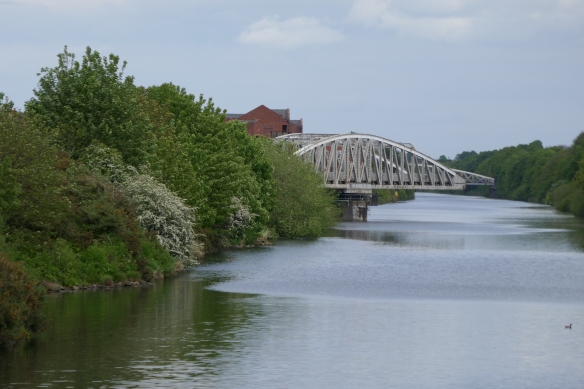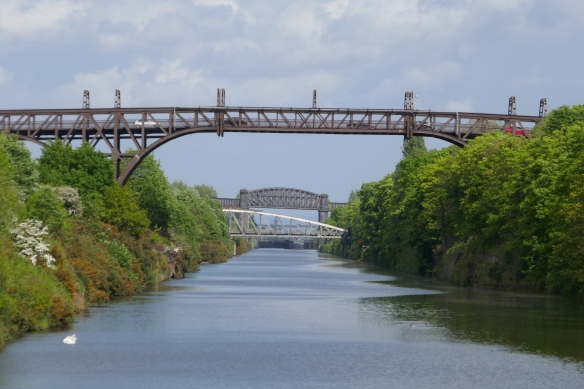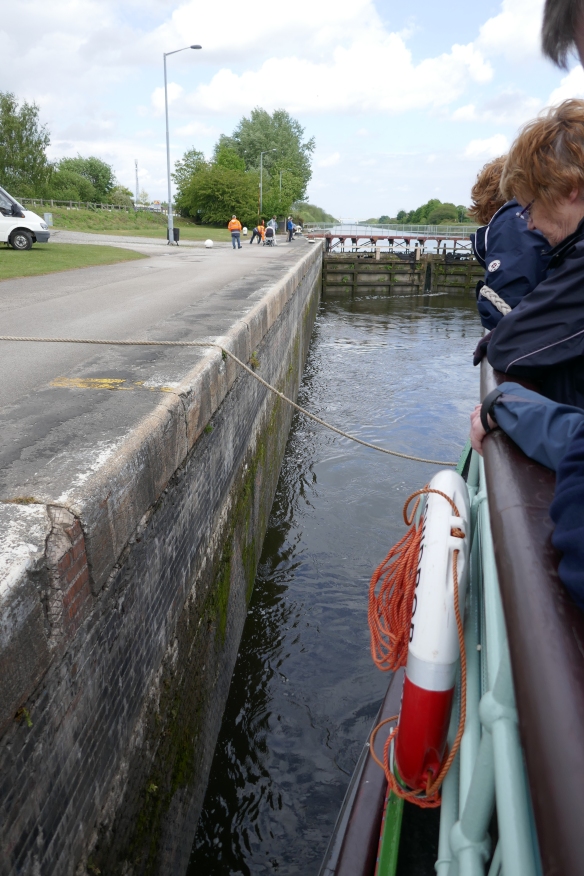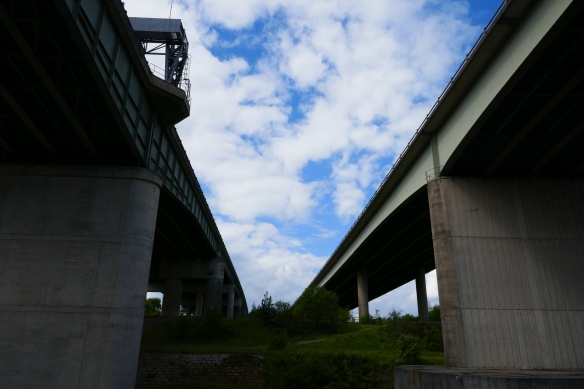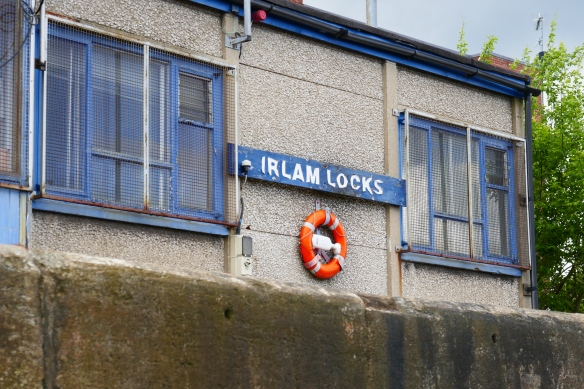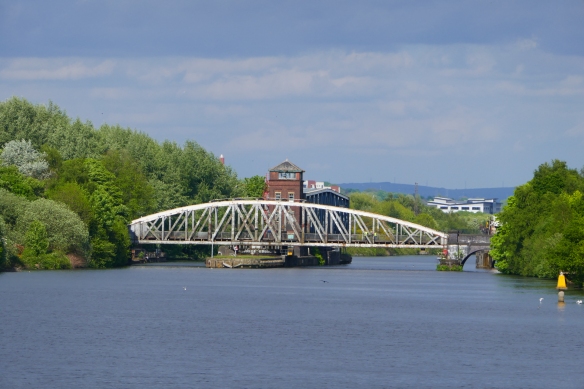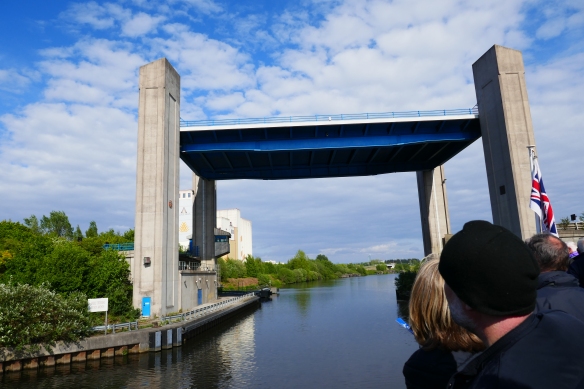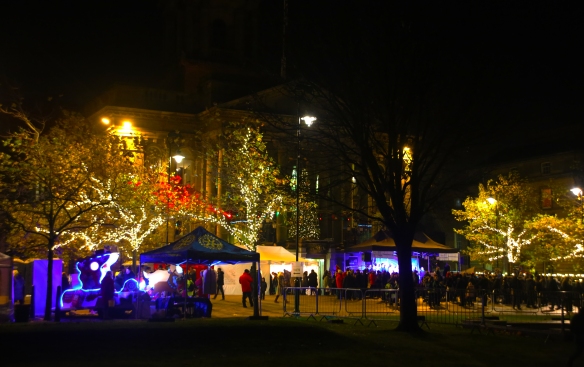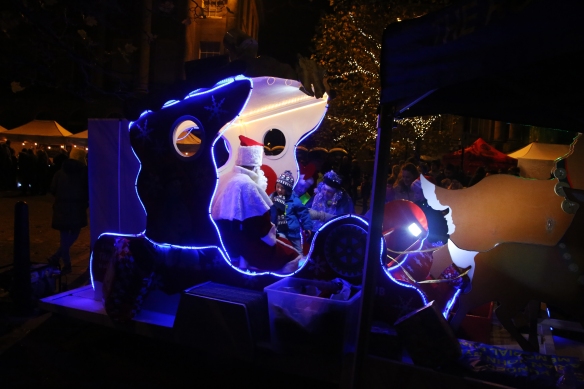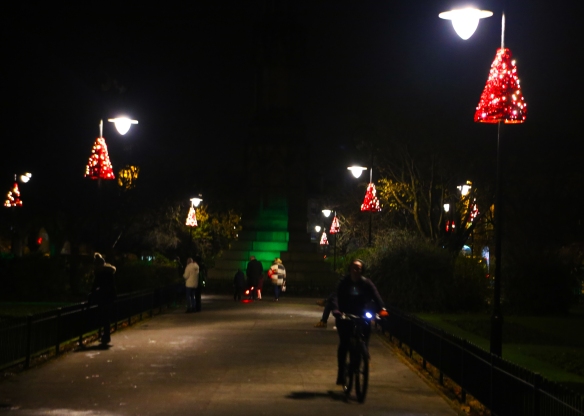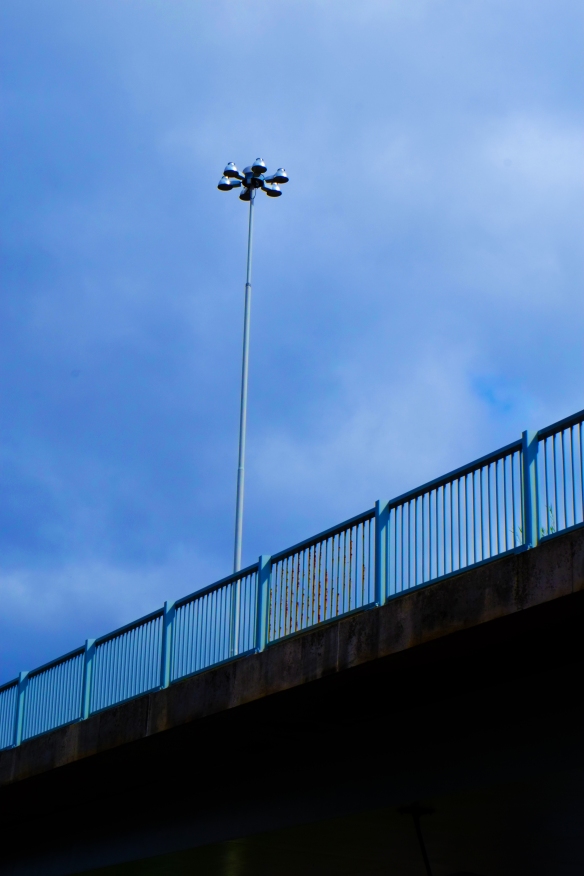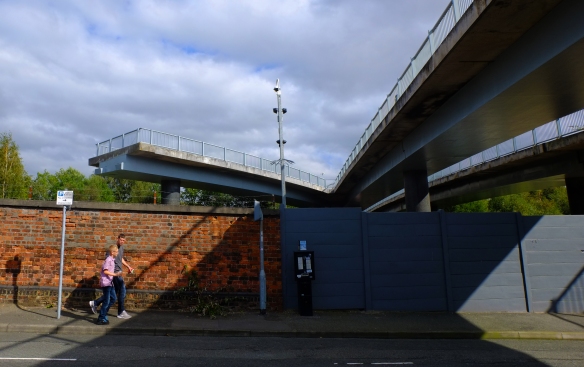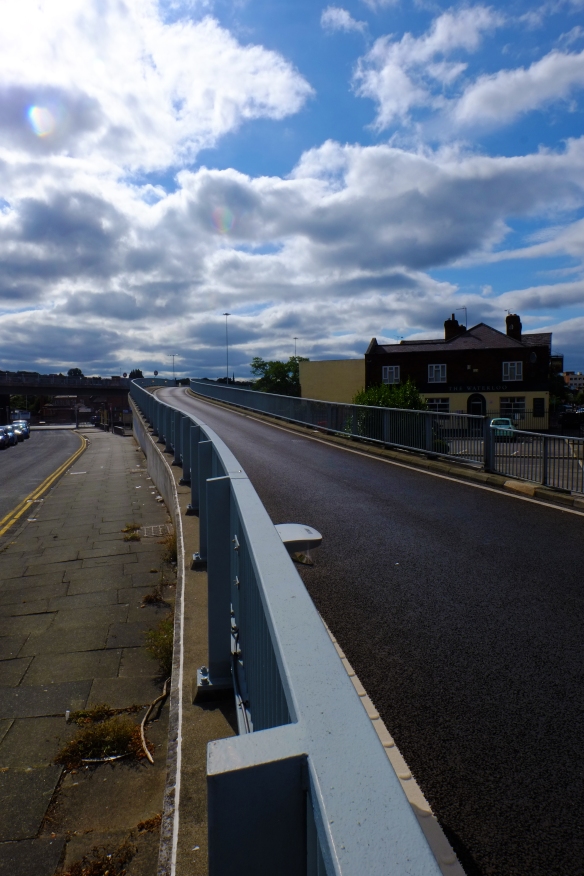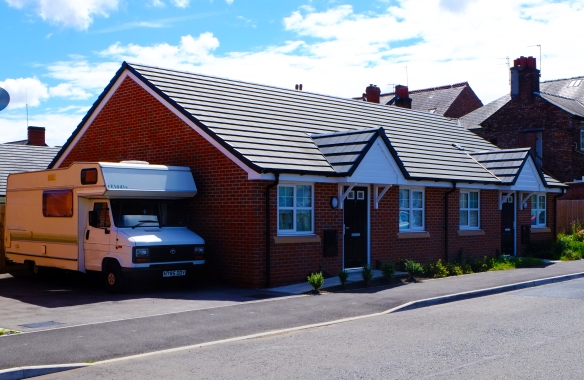This year, Sunday, November 11 marked the centenary of the end of the First World War. I went to Hamilton Square in Birkenhead where the cenotaph saw the Mayor of Wirral Councillor Geoffrey Watt joined by service men, women, their families and armed forces representatives at 10.55am for the start of the remembrance service.
At 11am, Birkenhead fell silent as the hundreds who turned out paid their respects. It was difficult to get any good photos given the size and depth of the crowd. The sizeable crowd marked the two minute silence impeccably.
The service on Sunday was the final act of remembrance this year. Across the Wirral a number of events had taken place to mark the 100 years since the end of the First World War and poignant ceremonies to remember those who had fallen had been taking place for more than a week.
In local churches, ‘Tommy’ silhouettes were placed to mark those who lost their lives from individual parishes while in Little Neston, a remembrance bench was unveiled.
The annual Remembrance Cavalcade took place in Thornton Hough which saw 100 horses meet to mark the centenary in which eight million horses gave their lives besides soldiers, acting as cavalry, ambulances, artillery carriers and transportation.
Many schools held events to mark the First World War and as part of a nationwide campaign, Bidston and Leasowe lighthouse lit up to mark the end of Remembrance Sunday.
An event of more national significance saw the unveiling of a statue by local actress Patricia Routledge and MP for Birkenhead Frank Field on November 4 to pay tribute to Wilfred Owen on the centenary of his death on 4 November 1918 – just a week before Armistice was announced on 11 November 1918.
The statue, based at one corner of Hamilton Square, was adorned with poppies after residents placed them there as a mark of respect.
The statue is named after one of Owen’s many war poems, ‘Futility’. It was cast in bronze at a Liverpool Foundry by sculptor, Jim Whelan. The statue represents an exhausted World War One solider. Frank Field said that “The height of the soldier is extremely important to me. It is not just a sculpture, it is a soldier that we can touch, and I think we should do that.”
Lieutenant Wilfred Edward Salter Owen, MC was one of Britain’s most celebrated war poets. His short career was directly inspired by the conflict and the horrors of war – he composed nearly all his works from August 1917 to September 1918, many published posthumously.
Owen has strong links with Birkenhead. Whilst he was born in Oswestry on the Welsh borders he was brought up in Birkenhead and later Shrewsbury. Owen’s grandfather had been a successful business man and the family had a good life in Oswestry however they suffered hard times and their substantial house at Plas Wilmot near Oswestry had to be sold to pay off his grandfather’s creditors. The family went to live in a much more modest home in Birkenhead in 1900, when Owen’s father managed to secure the job as stationmaster at Woodside rail terminus in the town.
Wilfred was seven when the family arrived in Birkenhead, and he was enrolled at Birkenhead Institute, where he remained a pupil until the he left the town. Wilfred flourished at the school, working hard at his studies (excelling especially at English and French) and winning several prizes. The family lived initially lived at 7 Elm Grove and then 14 Willmer Road in Tranmere before moving to 51 Milton Road, in Higher Tranmere. This would be the family home until 1907, when they left Birkenhead after his father gained a promotion to a more senior post with the railway company in Shrewsbury.
After the family moved from Birkenhead Wilfred continued his education in Shrewsbury and worked as a pupil-teacher and a private tutor in France before enlisting in 1915, a year after the outbreak of war. He joined the Artists’ Rifles before receiving a commission in the Manchester Regiment in June 1916 leaving for France in December 2016 with the Lancashire Fusiliers.
In March 2017 he suffered a head injury and, diagnosed as having shell shock, was sent to a hospital in Edinburgh, where he met fellow poet Siegfried Sassoon, an important influence on Owen’s work.
He returned to France in September 1918. In October he was listed for the award of the Military Cross for gallantry during an attack on a well-defended position that caused so many casualties among officers that he took command and held the line. However, he was killed in action a few weeks later on 4 November during a battle to cross the Sambre-Oise canal at Ors, a week before the end of the war. The news of his death reaching his parents on Armistice Day. In 1919 he was posthumously awarded a Military Cross. Owen knew before his death he had been recommended for the award which he had welcomed as he thought it would add authority to his anti-war views. These, and the poems that express them with such vividness and power, are much admired now, but this recognition only came after his death. Only five poems were published during his lifetime, and the first collection of his poems did not appear until 1920.
The statue in Hamilton Square was made possible by the efforts of the Birkenhead Old Boys Institute. 600 men from Birkenhead were sent to fight in World War One
with 88 Old Boys of Birkenhead Institute losing their lives in the conflict. Following the war the Ingleborough Road playing fields in the town were dedicated in 1926 as a War Memorial to the 88 Old Boys of the School who did not survive the Great War and then subsequently those who lost their lives in later conflicts. Tranmere Rovers the local football club who subsequently became the owners of the playing fields obtained planning permission to build houses for sale on the site with the proceeds going toward the creation of a state-of-the-art training facility for the club elsewhere in the Wirral. This meant removing the memorial status of the playing fields. As part of this arrangement the football club agreed to work with the Birkenhead Institute Old Boys to replace the memorial playing fields with a fitting tribute to all those that sacrificed their lives during the war. This has culminated in the creation of the new memorial which was unveiled on the corner of Hamilton Square which is dedicated to the 88 Old Boys of the School including the school’s most celebrated Old Boy, Wilfred Owen. The statue now speaking to a wider audience about the futility of war.
During the 1918 – 2018 commemorations Wilfred Owen had become a major focus on both regional and national news channels. Owen had links with another area which was featured in the 100-year commemorations. Film-maker Danny Boyle marked the 100 years since Armistice and the end of the First World War through a live exhibition of art called ‘Pages of the sea’. On selected beaches around the UK, over the course of several hours, a portrait of an individual from the First World War was sketched out in the sand. And then, as the tide came in it was washed away as the crowds of spectators took a moment to say a collective goodbye.
Owen first left for the front from Folkestone on 29 December 1916, having written a letter in the Metropole Hotel the previous day. In the final hours before his embarkation from the town in 1918, Owen swam in the sea and described the experience in a letter home. So, to mark Wilfred Owen’s contribution to our remembering of the First World War his picture was marked out on Sunny Sands, in Folkestone in Kent one of the thirty two beaches across the UK to feature in ‘Pages of the sea’.
Wilfred Owen’s family’s three houses all survive however the Birkenhead Institute, was demolished in the 1970s when the school moved to Claughton, but that too has now gone, replaced by houses and a new road called Wilfred Owen Way.







